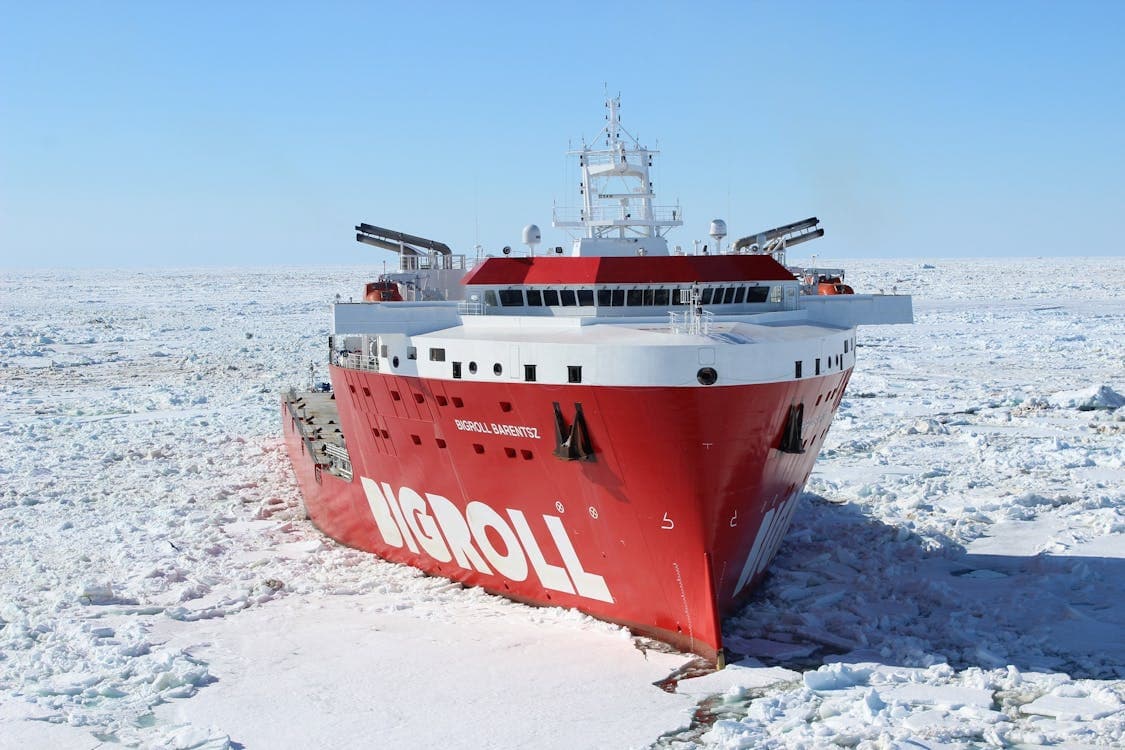Ice-Class Vessels: Ships Designed to Operate in Icy Waters and Their Special Features
Navigating icy waters demands specialized ships known as ice-class vessels. These ships are uniquely engineered to withstand the harsh conditions of polar seas and ice-laden waters. In this article, we delve into the distinctive features and capabilities that make ice-class vessels fit for their challenging roles.
Shop Boat Docking & Anchoring Equipment Now
What are Ice-Class Vessels?
Ice-class vessels are ships specifically designed and built to operate in environments where ice is a significant factor. They are strengthened to navigate through sea ice and are equipped with structural enhancements to withstand cold temperatures and potential impacts with ice.
Key Features of Ice-Class Vessels
1. Enhanced Hull Structure
- Reinforced Hull: The hulls of ice-class ships are considerably thicker and made from stronger steel compared to standard ships. This reinforcement allows the vessel to withstand the pressure and collisions with ice.
- Ice Belt: An ice belt, a thick band of reinforced steel, is often fitted around the waterline to protect the most vulnerable part of the ship.
Shop Boat Trailer Parts & Accessories Now
2. Icebreaking Capabilities
- Bow Design: Ice-class vessels typically feature a specially designed bow that can break through ice. The bow shape allows the ship to ride up onto the ice and break it with the ship's weight.
- Powerful Engines: Increased engine power is crucial to navigate through ice. These ships are equipped with more powerful engines to provide the necessary thrust to push through thick ice.
3. Advanced Navigation Systems
- Ice Radar: Special radars are used to detect ice and assist in navigation, helping to identify the safest and most efficient routes through icy waters.
- Thermal Imaging: To aid in night navigation and in foggy conditions, thermal imaging cameras detect temperature differences, helping to spot icebergs and ice floes.
4. Temperature Resilience
- Heating Systems: Essential systems and living quarters are equipped with additional heating to cope with the extreme cold.
- Material Selection: Materials used in the construction and outfitting of the ship are chosen for their ability to perform at sub-zero temperatures without losing functionality.
5. Safety Measures
- Enclosed Lifeboats: Lifeboats on ice-class vessels are fully enclosed to protect occupants from harsh weather and freezing temperatures.
- Survival Gear: Special survival gear is mandatory, including thermal protective aids and immersion suits.
Examples of Ice-Class Vessels
- Polar Icebreakers: These are some of the most powerful icebreakers, used by countries with interests in polar regions, capable of breaking through several meters of ice.
- Arctic Cargo Vessels: Designed to transport goods in and out of icy regions, these vessels ensure that remote communities and industries can receive supplies year-round.
Conclusion
Ice-class vessels are marvels of marine engineering, designed to perform in some of the planet's most challenging environments. Their specialized features not only ensure the safety of the crew and cargo but also enable vital research and supply operations in polar and icy waters.
At Mavyn, we understand the complexities of navigating through icy waters. Whether you need AI-driven insights or expert human advice, Mavyn GPT and our team of human experts are here to assist you with your maritime queries.
